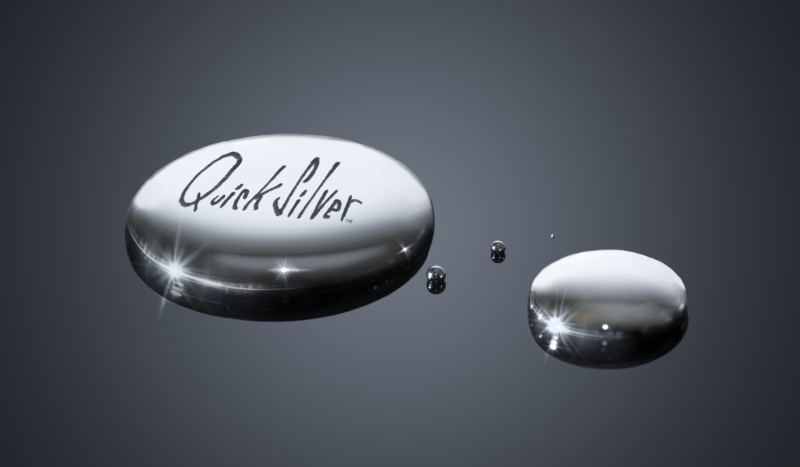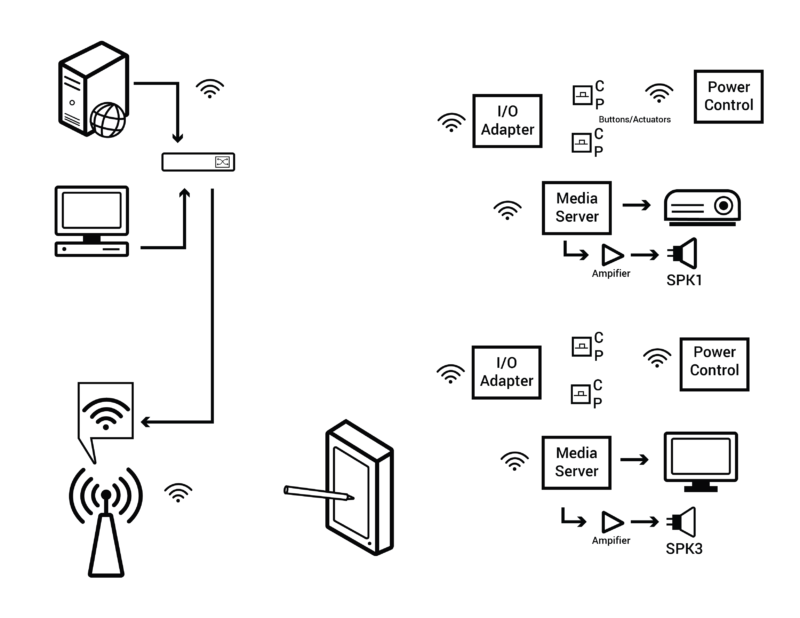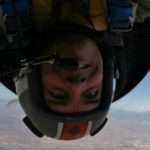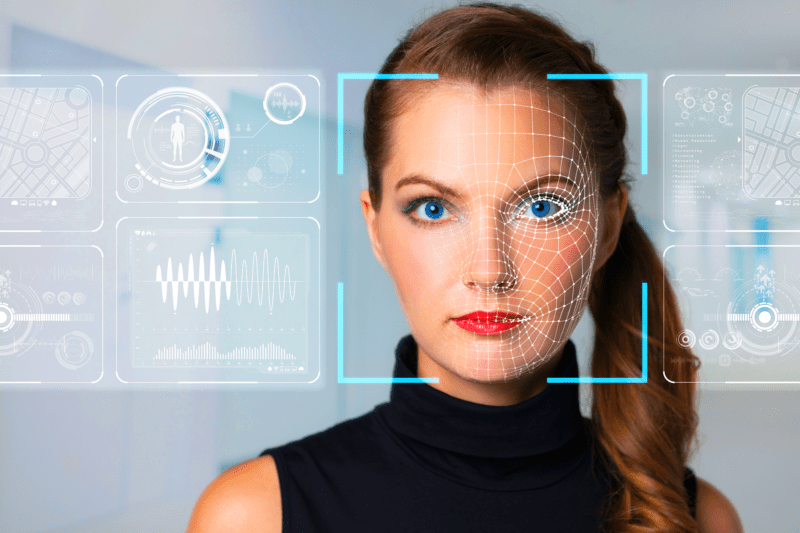Audience targeted media delivery and LookingGlass concierge
By Maris Ensing, Mad Systems
Mad Systems rolls out a new, state-of-the-art system designed to give museums and visitor centers great flexibility in programming, customizing media delivery and generally enhancing individual and group experiences.
Imagine an exhibit where the media is delivered in a way that reflects your preferences and needs as a visitor. Content is presented in your preferred language. Exhibits become accessible to you regardless of limitations such as height or visual impairments. Your skill level and interest in a certain topic are taken into consideration when you experience an exhibit. All of these preferences are selected by you, the visitor, at the beginning of your museum experience, and audience targeted media delivery ensues using a variety of trigger methods. This paradigm shift creates a user experience truly unique and meaningful to you and to each visitor, and leaves a lasting, positive memory to be shared with friends and loved ones.
Introducing QuickSilver™

The Mad Systems team had been doing experiments with micro-miniature, non-proprietary computers that – with the right software – can perform amazing feats. Combined with the availability of less expensive monitors and the cost reductions of laser projectors, as well as the increased stability and performance of WiFi systems, the first ideas quickly turned into reality. These innovations allowed us to produce and introduce the QuickSilver™ audiovisual system.
The rule-based, QuickSilver™ system displays content based on a variety of pre-determined trigger methods, including buttons and infrared sensors and tags. However, our team also considered the new-age audience that essentially demands a unique experience in order to create that lasting impression, and we knew that more had to be done. How could we shift the paradigm in the way we deliver exhibits? Then came the next bright flash of an idea, and the thought of using Facial Recognition or Color Recognition technology to control media delivery in our industry.

Unique simplicity
QuickSilver™ is a free-standing system, as is the Facial Recognition system – but used together, QuickSilver™’s simple component list creates a uniquely flexible audiovisual system that allows for personalized media delivery. The basic QuickSilver™ system itself is considerably more affordable than traditional AV systems. All hardware components are non-proprietary, have internal memory, and can be controlled and updated using WiFi. Components include:
• Micro-miniature media server capable of producing hidef or 4K media. Support for 10+ subtitle languages. Audio configuration allowing for multi-channel audio or a number of audio tracks with capability to switch between different tracks (languages) even while media is running. Plug it in the back of a monitor or projector, and it needs no further attention. Control is through WiFi.
• Audio server, even smaller, with optional built-in 25W amplifier that not only does all the things expected from an audio replay unit, but also allows generating realistic sounding, non-repeating, randomizing audioscapes – to replace the aggravating monotony of looping audio.
• Minuscule sensor/button/LED/input/output adapter; easy to hide in a reading rail or behind a motion sensor. Allows up to a dozen button or sensor inputs, can drive LEDs for feedback, can take other, unusual input signals without having to be wired back to the server or other equipment it controls.
• Programmable show control system to tie it all together – so when a button press or a motion detector activation is reported, it dims the lights, starts a show, sets the volume, and deals with a host of other possible inputs and outputs to create a coherent response.
• Media storage unit that allows end user to just change media files: simply update the master media files and the system handles the rest.
• Mesh-based, wireless power control network allows system to be turned on and off automatically.
• Solid, commercial quality WiFi backbone
Content everywhere
With these components in place plus low-cost laser projectors and monitors, things change. Dramatically. The QuickSilver™ media server and the other components fit in the palm of your hand; plug into a laser projector or monitor – the other essential ingredient – and you can now run different media onto a simple, painted surface. With memory now no longer an expensive ingredient, the media server can accommodate several high-quality video files, so no need to run extenders.
The system elements are essentially autonomous – they contain all their own media, and can be programmed to loop their content, so that even without the control system there is content everywhere.
Infrastructure is now minimal, and cost reductions significant, with some WiFi points around the space, and some cabling for more complex interactive solutions, but enough of a change that the installation of conduit is potentially massively reduced. The need to coordinate details between the EC and AV installation teams is reduced, cabling costs are reduced, and cable installation costs are more or less gone. With no physical contact between components, even power phasing is not really an issue anymore. The QuickSilver™ wireless network only carries control commands during the normal day, so control bandwidth is not a problem.
Visitor experience
QuickSilver™ facilitates customizing the visitor experience.
A simple push of a button on a smartphone or tablet can change all the content, or the content of specific exhibits. If there’s a need to run subtitles in English, Spanish, or any other pre-programmed language in the theater – once selected, the system takes care of the rest, even if the show has already started.
With the addition of the patent pending, facial recognition option, the delivered content can be fully personalized, based on preferences selected by each visitor. If a visitor selects their preferred language as Spanish, their show will be presented in Spanish, or if it is a mixed audience, possibly English with Spanish subtitles. A visitor who prefers physics to history? No problem, physics it is. Limited time? The system will run the shorter version of the media file. Accessibility needs? QuickSilver™ will lower the buttons on the touchscreen. With other accessibility options such as higher audio volume, or high-contrast media, QuickSilver™ helps meet ADA requirements. If needed, nearby exhibit experiences can be paused, for instance to allow for a docent introduction.
If, for some reason, a facial recognition based control system is not acceptable, a secondary option in the form of our patent pending Color Recognition Controlled Media Delivery allows you to deliver content to a group of visitors, such as kid-friendly content to a school group who arrive in matching uniforms or baseball caps.
Flexibility and future options
The flexibility of this system can apply beyond visitor interaction and personalization. QuickSilver™ gives a facility the opportunity to make changes to their programming at their leisure, whether a holiday presentation or adding new research to a science exhibition. QuickSilver™ media may be updated by simply changing the content on a central drive. Change a file, and QuickSilver™ detects the revision, uploads it to the relevant device and the updated content is instantaneously displayed. You can continue to refresh the media without needing to change hardware.
The QuickSilver™ solution replaces fixed graphics and signage. With cost-effective, ultra-short throw laser projectors now offering many years of service, QuickSilver™ helps you make the most of available technology.
These different technologies have allowed us to start thinking about developing other great options for our clients that thus far have not been possible, and we have been working to build on that with new concepts that continue to shift the paradigm for experiencing audiovisual and interactive exhibits, and in particular the way that we welcome visitors and give them options to enjoy, learn and create memories.
Through the LookingGlass
The next element that the Mad team has been working on is the patent pending LookingGlass Concierge, using facial recognition to help visitors in a range of venues including museums, parks, or even stadiums. Benefits:
• Recognize visitors and allow groups – families, friends, school groups, clubs, conference visitors etc. – to be associated as groups
• Help family members locate one another other using signage or personal devices, and even give progressive directions (lost kids, etc.)
• Help venue operators to ensure that parents cannot leave the facility without their kids
• Help operators and parents to ensure that kids stay with their family or group and do not depart the facility with unauthorized persons
• Help visitors to retrieve pictures, videos, prizes, and purchased merchandise for the entire group when convenient during their visit
• Assist with venue traffic control and visitor flow
• Help members achieve the best use of the facility and their member privileges
• Support ADA compliance
• Help with exhibit, show or ride control by allowing access to certain shows/events/objects based on time of day or other criteria
• Accommodate VIP guests by providing recognition and/or additional privileges
• Boost earned revenue
• Enhance visitor satisfaction and promote return visits
In these and other ways, the LookingGlass Concierge system provides a number of services to enhance visitor experience that also work to the benefit of the venue. Mad’s Facial Recognition and Color Recognition Controlled Media Delivery Systems can, in principle, be integrated with any audiovisual or interactive systems, however, our QuickSilver™ audiovisual solution was specifically designed to elevate the experience for the user. LookingGlass is intended as a free-standing system, but it provides a possibility to integrate the Media Delivery system with the capabilities offered by the LookingGlass Concierge option. • • •
 Maris Ensing is the founder of Mad Systems, Inc. For more information about Mad’s Paradigm Shift: 21stcentury technologies providing customized content to each visitor, visit www.madsystems.com or email [email protected].
Maris Ensing is the founder of Mad Systems, Inc. For more information about Mad’s Paradigm Shift: 21stcentury technologies providing customized content to each visitor, visit www.madsystems.com or email [email protected].








